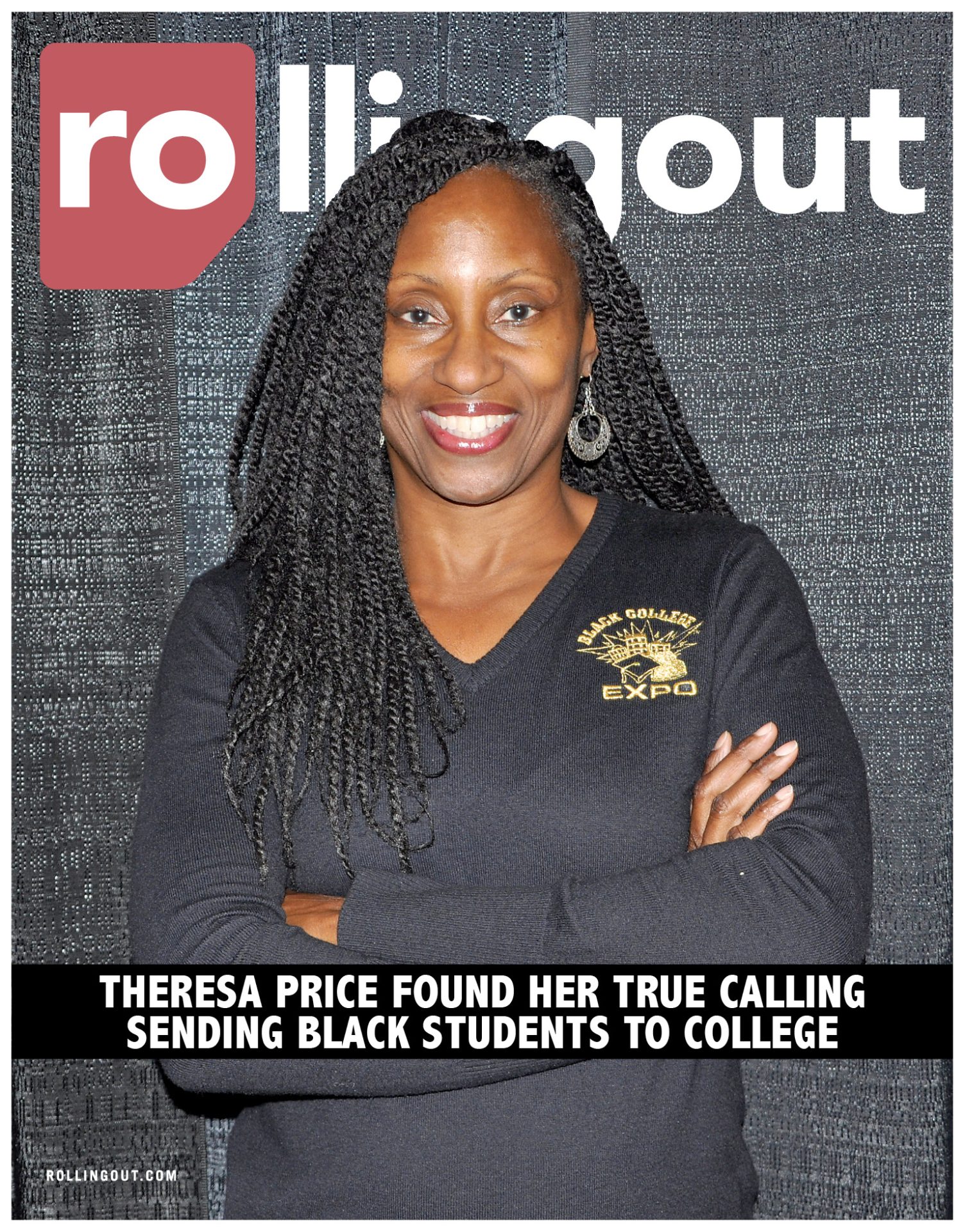
Minorities are significantly underrepresented in public schools, despite the fact that the number of black and Latino students have increased.
A new report from the Center for American Progress, in Washington, D.C., titled, “The Leaky Pipeline for Teachers of Color: Getting More Teachers of Color Into the Classroom,” revealed that while much has been done over the past 25 years to substantially increase the number of minority teachers, high levels of attrition have offset that success.
“If you spend time in almost any major school district in America today, you will notice that the students often do not look much like the teachers. In fact, in some areas, the students don’t look anything like their teachers,” said Ulrich Boser, a senior fellow at CAP. “There is a significant demographic gap in the largely white teaching profession and an increasingly diverse student population,” he said.
Released this month, the report revealed that blacks and Latinos are more likely to work and remain in high-poverty, hard to staff urban schools and districts than their white counterparts; in fact, they often consider it their duty to do so.
What’s more, minority teachers usually are committed to the success of children of color, and they affect a wide range of student academic outcomes, the report’s authors said. They also serve as powerful role models for all students and prove that teaching can be a viable career for minorities.
Deaundra Francis, who holds a master’s in public administration, said there are three major hurdles facing minorities who aspire to become teachers. “After working at the University of Louisiana at Lafayette in the Teacher Prep Student Support Services program, we found that black, low-income, first-generation college students had barriers that prevented them from completing their education degrees,” Francis said.
“Because it’s required by most states and higher education institutions to pass the Praxis I and II exams, as well as all required courses, minorities have not been able to do so and they change their majors to something more compatible,” she said. “The second barrier is the financial and family obligations which may hinder future progress toward an education degree, and the third barrier that I propose has to do with culture.”
Melissa Mesku, who now works for New Worker magazine, said she once taught at a high school in a poverty stricken neighborhood and circumstances made it difficult for her to continue her career.
“I’m a woman of color and I taught English as a second language — ESL — for refugee and immigrant students and most of the newer teachers were also minorities at my school,” Mesku said. “I stayed for a year. Coming from a disadvantaged economic background, I simply couldn’t afford to continue to live on a teacher’s salary. If I wanted upward mobility, I had to move on to more lucrative work, especially considering the difficulties and commitments required to work in a hard to staff school and spending my own money to clothe and feed students and working 13 hours per day with no resources or books.”
To get a better handle on what’s happening across the country, CAP officials ranked states on the demographic differences between teacher and student populations. The report revisits a similar CAP study from 2011, which noted that students of color made up more than 40 percent of the school-age population, while teachers of color represented only 17 percent of the teaching profession.
Today, the gap between teachers and students of color has continued to grow. For the past three years, the demographic divide between teachers and students of color has increased by 3 percentage points, and now, minority students make up almost half of the public school population.
“The student population of America’s schools may look like a melting pot, but our teacher workforce looks like it wandered out of the 1950s,” Boser said. “It’s overwhelmingly white.”
In an effort to address the lack of minority teachers and to retain those currently in the classrooms, CAP’s report suggests that states should develop innovative approaches to teacher preparation in both university-based and alternative-certification programs.
Researchers also proposed higher benchmarks for teacher training programs. Officials cited the U.S. Department of Education’s recruitment campaign, aimed at preparing 80,000 black teachers for classrooms across the country by 2015, to provide students not only with high-quality educational experiences, but also to present them with role models with a variety of cultural experiences, as well.
“I believe that kids of color benefit greatly from role models that look like them and even sound like them. That is, teachers who come from similar ethnic, socioeconomic, linguistic and cultural backgrounds as their students, can make great strides in promoting success for their kids both in school and upon school leaving,” said Dr. Holly Hansen-Thomas, a professor of bilingual education, ESL, and multicultural education at Texas Women’s University in Denton, Texas.
“Teachers who look like their students, or who really know how to communicate with them in their own language like Spanish, or dialect, like African American vernacular English, can reach their students in ways that white teachers, or teachers who do not share much background, cannot,” Hansen-Thomas said.
Despite the barriers in the educator pipeline, there’s great opportunity ahead to make improvements, Boser said, noting that the report includes a set of policy recommendations for the federal government and for states and local school districts. He said enlarging the pool of talented, well-educated teachers of color who are effective in improving student achievement in schools will require aggressive and targeted recruitment and appropriate support.
“It will demand a steadfast determination to remove the barriers in the educator pipeline that limit and discourage strong candidates from the teaching profession,” Boser said. “At the same time, policies must be in place to offer clear and meaningful monetary incentives, support, and professional development to ensure that the best and brightest students of color enter into teaching and succeed once in the profession.” –stacy m. brown















